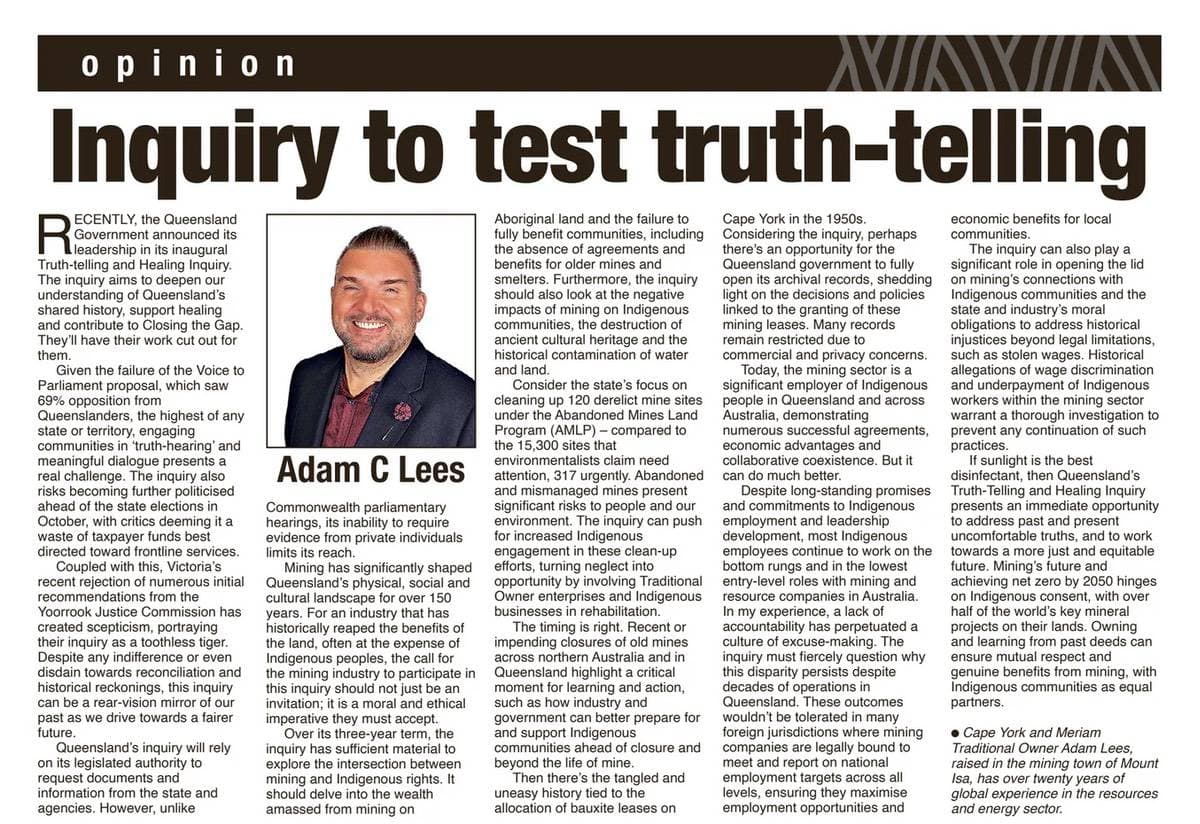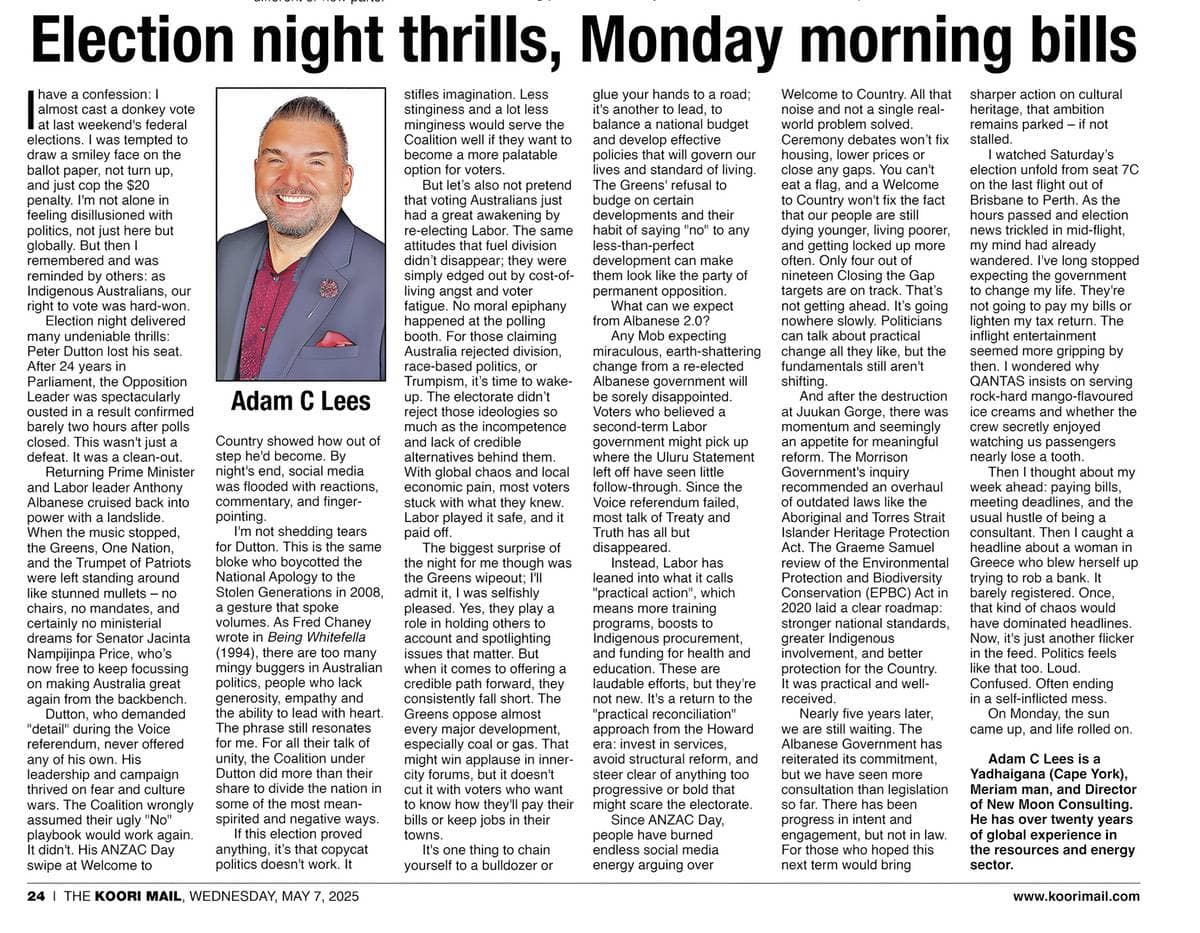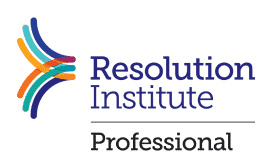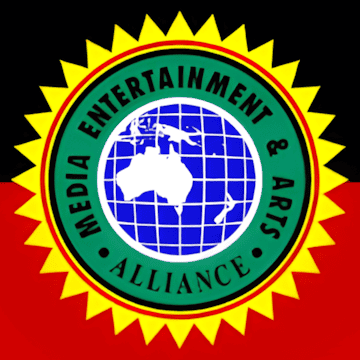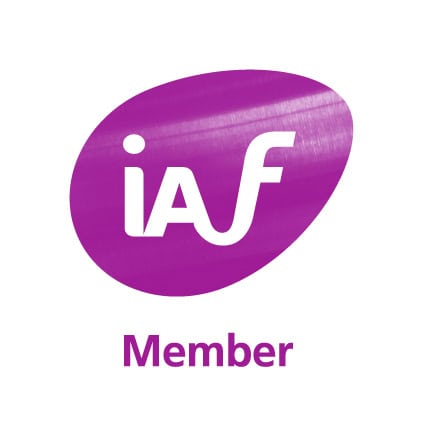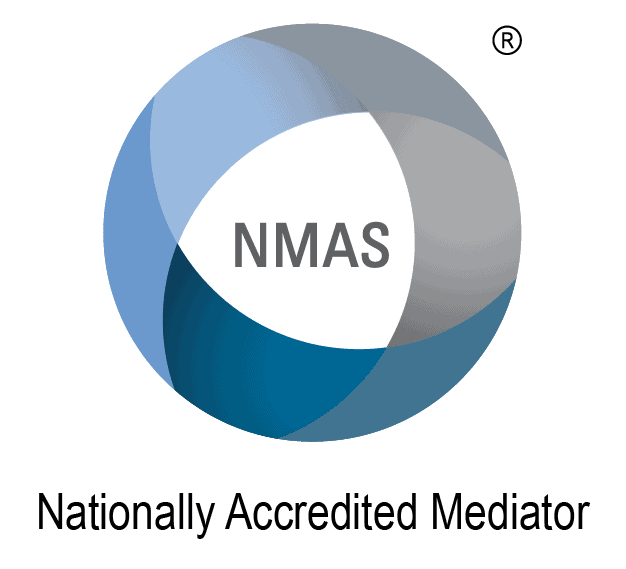Recently, the Queensland Government announced its leadership in its inaugural Truth-telling and Healing Inquiry. The inquiry aims to deepen our understanding of Queensland’s shared history, support healing and contribute to Closing the Gap. They’ll have their work cut out for them.
Given the failure of the Voice to Parliament proposal, which saw 69% opposition from Queenslanders, the highest of any state or territory, engaging communities in ‘truth-hearing’ and meaningful dialogue presents a real challenge. The inquiry also risks becoming further politicised ahead of the state elections in October, with critics deeming it a waste of taxpayer funds best directed toward frontline services.
Coupled with this, Victoria’s recent rejection of numerous initial recommendations from the Yoorrook Justice Commission has created scepticism, portraying their inquiry as a toothless tiger. Despite an indifference or even disdain towards reconciliation and historical reckonings, this inquiry can be a rear-vision mirror of our past as we drive towards a fairer future.
Queensland’s inquiry will rely on its legislated authority to request documents and evidence from government agencies. However, unlike Commonwealth parliamentary hearings, its inability to require evidence from private individuals limits its reach.
Mining has significantly shaped Queensland’s physical, social and cultural landscape for over 150 years. For an industry that has historically reaped the benefits of the land, often at the expense of Indigenous peoples, the call for the mining industry to participate in this inquiry should not just be an invitation; it is a moral and ethical imperative they must accept.
Over the three-year term, the inquiry has sufficient material to explore the intersection between mining and Indigenous rights. It will delve into the wealth generated from mining on Aboriginal land and the failure to fully benefit communities, including the absence of agreements and benefits for older mines and smelters. Furthermore, the inquiry should also look at the negative impacts of mining on Indigenous communities, the destruction of ancient cultural heritage and the historical contamination of water and land.
Consider the state’s focus on cleaning up 120 derelict mine sites under the Abandoned Mines Land Program (AMLP) – compared to the 15,300 sites that environmentalists claim need attention, 317 urgently. Abandoned and mismanaged mines present significant risks to people and our environment. The inquiry can push for increased Indigenous engagement in these clean-up efforts, turning neglected into opportunity by involving Traditional Owner enterprises and Indigenous businesses in rehabilitation.
The timing is right. Recent or upcoming closures of old mines across northern Australia and Queensland highlight a critical moment for learning and action, such as how industry and government can better prepare for and support Indigenous communities affected by the end of the life of mine.
Then there’s the tangled and uneasy history surrounding the allocation of bauxite leases on Cape York in the 1950s. Considering the inquiry, perhaps there’s an opportunity for the Queensland government to fully open its archival records, shedding light on the decisions and policies linked to the granting of these mining leases. Many records remain restricted due to commercial and privacy concerns.
Today, the mining sector is a significant employer of Indigenous people in Queensland and across Australia, demonstrating numerous successful agreements, economic advantages and collaborative coexistence. But it can do much better.
Despite long-standing promises and commitments to Indigenous employment and leadership development, most Indigenous employees continue to work on the bottom rungs and in the lowest entry-level roles within mining and resource companies in Australia. In my experience, a lack of accountability has perpetuated a culture of excuse-making. The inquiry must fiercely question why this disparity persists despite decades of operations in Queensland. These outcomes wouldn’t be tolerated in other foreign jurisdictions where mining companies are legally bound to meet and report on national employment targets across all levels, ensuring genuine economic benefits for local communities.
The inquiry can also play a significant role in opening the lid on mining’s connections with Indigenous communities and the state and industry’s moral obligations to address historical injustices beyond legal limitations, such as stolen wages. Historical allegations of wage discrimination and underpayment of Indigenous workers within the mining sector warrant a thorough investigation to prevent any continuation of such practices.
If sunlight is the best disinfectant, then Queensland’s Truth-Telling and Healing Inquiry presents an immediate opportunity to address past and present uncomfortable truths, and to work towards a more just and equitable future. Mining’s future and achieving net zero by 2050 hinges on Indigenous consent, with over half of the world’s key mineral projects on their lands. Owning and learning from past deeds can ensure mutual respect and genuine benefits from mining, with Indigenous communities as equal partners.
Adam C Lees is a Yadhaigana (Cape York), Meriam man, and Director of New Moon Consulting. He has over twenty years of global experience in the resources and energy sector.
